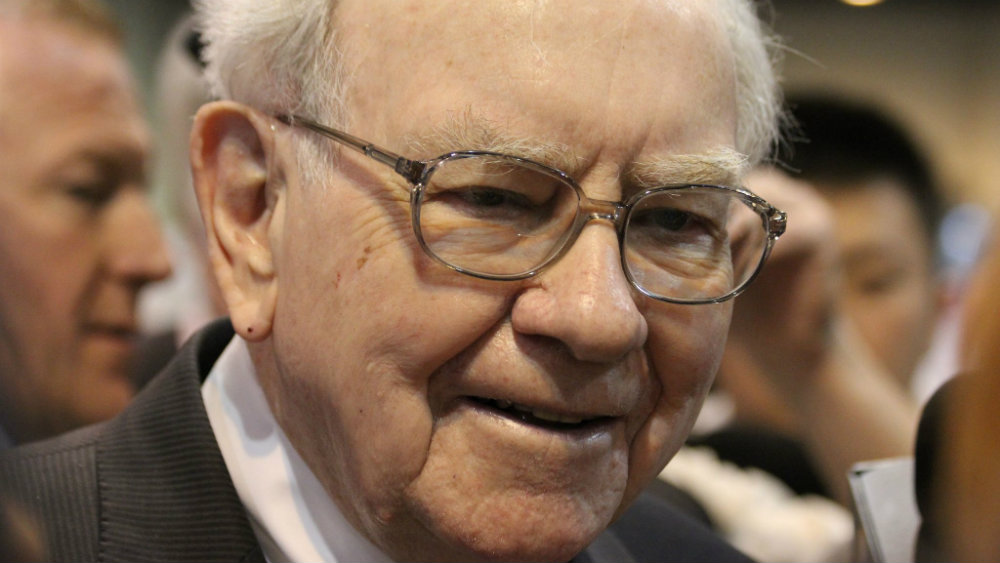Warren Buffett is called the “Oracle of Omaha” for a reason.
With a +50-year track record of beating the markets, he’s stood the test of time. Sure, his recent returns haven’t been as good as his past ones. But he’s still approximately doubling the S&P 500 since he took over Berkshire Hathaway in the 1960s.
Put simply, when Warren Buffett speaks, you ought to listen. Whether you agree with his philosophy or not, his statements have nuggets of wisdom that can benefit everyone.
This year, it seems the “Oracle” is taking a bearish stance. Being a net seller of stocks, he’s running from the markets. While he hasn’t made many public statements, we can get a clue as to what he’s thinking from past quotes.
In this article, I explore such a quote from 2001 that should terrify Canadian investors. It’s a remark he made during the dot com bubble that accurately predicted the carnage that followed. It has to do with a ratio known as the “Buffett Indicator.” And it’s definitely bearish for Canadian stocks.
“[The Buffett Indicator is] probably the best single measure of where valuations stand at any given moment.”
In 2001, Buffett made the comment above after observing inflated values in the market. In case you aren’t aware, the Buffett Indicator is market cap divided by GDP. It’s a valuation metric. If it’s too high, it suggests stocks are overvalued. At the time Buffett made the comment above, the metric was bearish for tech stocks, which later crashed. Now, it says the same thing about Canadian stocks.
Canada’s market cap to GDP is historically high
According to the Federal Reserve of St. Louis, Canada’s market cap-to-GDP ratio has hovered between 109 and 134 since 2010. If we take the data points between 2010 and 2017 on the St. Louis Fed’s website, we get an average of 117. That means the Buffett Indicator for Canada is 117 in an average year.
Where does it stand today?
TMX gives the TSX a market cap of 2.27 trillion for September 2020. Meanwhile, the IMF gave a nominal GDP of 1.74 trillion in 2019. Based on 2020 market cap and 2019 GDP, the Buffett Indicator for Canada is 1.3. That’s way above average. But keep in mind we’re using 2019 GDP data here. 2020’s GDP is almost certainly lower, given the recession we’re now in. By the time all is said and done, we might be looking at a market cap-to-GDP ratio of 1.5 or higher for Canada by year end 2020. If that’s the case, then Canadian stocks are probably set for a correction.
Foolish takeaway
Lately, there’s been a lot of talk about Warren Buffett’s bets on Canada — or, specifically, his exiting out of them.
Recently, the Oracle made waves by exiting Restaurant Brands International (TSX:QSR)(NYSE:QSR) stock. Restaurant Brands is a big fast-food company with three mega-valuable brands under its belt, so Buffett’s souring on it surprised many. But when we look at QSR’s holdings, it’s not surprising that Buffett exited the stock. While the company’s Popeyes subsidiary is growing fast, the overall company is still tied to Tim Hortons. And Tim Hortons’s sales are tied to the success of the Canadian economy. With Canada’s unemployment numbers still high, that’s going to hit QSR in the pocketbook. And on top of that, you’ve got the Buffett Indicator for Canada as a whole looking scarily high.
Overall, this picture should give Canadian investors pause.








